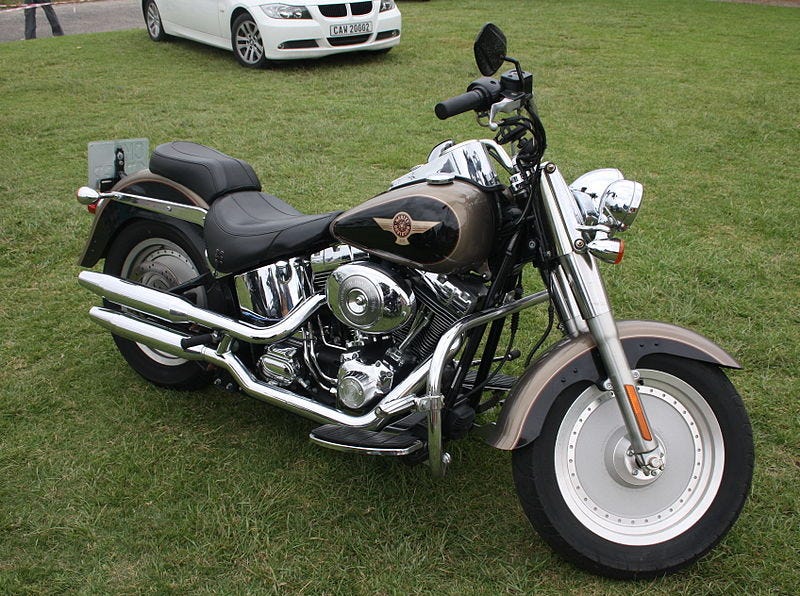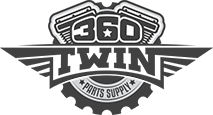Cruising Stardom: The Harley-Davidson® Fat Boy’s Unforgettable Reign in the 1990s Limelight

In the iconic landscape of American motorcycles, the 1990s marked a significant era for the Harley-Davidson® brand, and at the forefront of this motorcycle revolution was the legendary Harley-Davidson® Fat Boy. Introduced in 1990, the Fat Boy quickly became a symbol of power, style, and rebellion, captivating riders and enthusiasts alike.
Distinctive Design
The Harley-Davidson® Fat Boy was an aesthetic departure from conventional motorcycle designs of its time. Its muscular, wide stance, large front wheel, and bold chrome accents set it apart from the competition. The bike’s distinctive appearance was inspired by the post-World War II era, reflecting a nostalgic nod to the classic motorcycles that defined the spirit of freedom and adventure.
Cinematic Fame:
The Fat Boy’s popularity received an additional boost from its prominent appearance in the 1991 blockbuster film “Terminator 2: Judgment Day,” where it was ridden by the iconic character portrayed by Arnold Schwarzenegger. This exposure on the silver screen catapulted the Fat Boy into the limelight, making it an instant symbol of coolness and rebellion.
Performance and Power
Beyond its striking looks, the Fat Boy was equipped with a powerhouse engine that delivered impressive performance on the road. The bike featured Harley-Davidson’s® air-cooled V-twin engine, providing riders with a thrilling combination of power, torque, and that unmistakable Harley-Davidson® rumble. This winning formula appealed to riders seeking an authentic American motorcycle experience.
Cultural Shift and Customization
The 1990s witnessed a cultural shift where motorcycles were not just a means of transportation but a form of self-expression. The Fat Boy became a canvas for customization, allowing riders to personalize their bikes to match their unique tastes and personalities. The Harley-Davidson® brand embraced this trend, offering a range of accessories and customization options that allowed riders to make their Fat Boys truly one-of-a-kind.
Heritage and Legacy
Harley-Davidson® has always been more than just a motorcycle brand; it is a cultural icon with a rich heritage. The Fat Boy, with its classic design and powerful presence, embodied the essence of Harley-Davidson’s® storied history. Riders were drawn to the brand not just for the bike’s performance but for the sense of camaraderie and belonging that came with being part of the Harley-Davidson® community.
In the 1990s, the Harley-Davidson® Fat Boy emerged as a symbol of American motorcycle culture, capturing the hearts of riders and enthusiasts worldwide. Its unique design, cinematic fame, powerful performance, customization options, and the rich heritage of the Harley-Davidson® brand all contributed to its widespread popularity. The Fat Boy’s legacy continues to endure, with subsequent generations paying homage to its timeless appeal and the rebellious spirit it represents in the world of motorcycles.


